One of Boston Dynamics’ most famous robots: Spot. Many of us may have known it from the video where it danced to the song Uptown Funk. The robot dog, who appeared with the image of a cute helper, inspired a Black Mirror episode, and in this episode, a not-so-cute side was introduced into people’s minds. So, sympathetic or not, how can we work together when we accept this emerging robotics industry with its realities and take it as a colleague rather than a pet or foe?
Boston Dynamics
Starting with brief information, Boston Dynamics is a tech company known for developing advanced robots with the ability to perform a range of tasks, including walking, running, jumping, dancing, and even backflipping.
One of the most interesting productions is their humanoid robot, Atlas. Atlas was produced with the first goals such as research and rescue, and can perform many physical tasks. In this way, it is planned to be used in situations that may be dangerous for humans.
The company, which produces advanced robots that can be used for different purposes, such as BigDog, LS3, Wildcat, Handle, and Spot, is on the rise. These robots, which have many abilities, allow them to be used in many different and various fields.
Spot
Perhaps one of the robots we are most familiar with is the development of Spot and its images in fun lanes. Spot is a four-legged robot created by Boston Dynamics for use in various industries, from construction to oil and gas. Its design is similar to animals, with four legs and twelve degrees of freedom that allow it to move with agility and stability on uneven terrain. The robot is equipped with a sensor suite that includes stereo cameras, depth cameras, and a 360-degree LIDAR system. These features enable it to perceive its surroundings, map its environment, and make autonomous decisions.
Spot’s wireless communication capabilities enable remote operation and monitoring, with the ability to control the robot using a range of devices, such as tablets and laptops. The robot can also be programmed to operate autonomously, making it ideal for tasks that require a high degree of precision and efficiency. Boston Dynamics’ software provides enhanced control and monitoring of the robot, with real-time visualization of Spot’s movements and surroundings. Spot’s advanced capabilities include obstacle avoidance, autonomous navigation, and terrain adaptation, making it one of the most versatile and advanced robots available.
Spot’s applications are vast, from inspecting construction sites and monitoring oil rigs to search and rescue operations. Its design and capabilities make it a reliable and valuable addition to any industry, with the potential to revolutionize the way tasks are performed.
Spot in construction
Spot has certainly made a name for itself in the construction and architecture industry, thanks to its impressive 3D laser scanner feature which allows it to access hard-to-reach areas and carry out various inspection jobs. Most people probably took notice of Spot when it was hired by Foster+Partners, a renowned name in the world of architecture. Spot’s work on the Battersea Power Station project involved scanning the structure to create a digital twin, which greatly facilitated the management of the project via BIM.
However, Spot’s value in the industry goes beyond just its physical contributions, which are undoubtedly significant. The robot’s ability to enter hazardous areas and detect problems in existing structures makes it an invaluable asset in identifying and solving issues in the construction process. As a site manager supporter in new constructions, Spot can carry out necessary inspections and help ensure the smooth progress of projects.
How can Spot have a role in the construction and architecture sector in today’s crisis?
In today’s era of resource scarcity, the notion of moving away from constructing buildings from scratch has gained widespread acceptance. The construction industry, being a major contributor to this crisis, has led to a heightened interest in the reuse of existing structures. While this approach offers savings in terms of materials and resources in the long run, the belief that building from scratch is more cost-effective and convenient still persists. One of the reasons for this may be the arduous and time-consuming process of identifying and repairing problems in existing structures. Each structure presents unique challenges, and identifying solutions to these challenges can be laborious and hazardous.
At this point in the discussion and the process, Spot can be involved as a colleague. Spot has the ability to detect and identify not only visible damage like cracks, breaks, and leaks but also more subtle problems with its advanced three-dimensional scanning technology. It can be trained to conduct site-specific evaluations and can provide insightful evaluations of the history of the structure. Spot’s skills go beyond mere physical imaging; it is adept at performing various liquid or gas leak tests, as well as acoustic and thermal evaluations.
Equipped with an impressive array of features, Spot can take a role and alleviate our troubles in countless situations where people often sweep away from addressing underlying issues despite their awareness of the potential benefits. Specifically, Spot excels in the critical task of detecting and analyzing problems and situations within existing structures, ultimately streamlining the identification and resolution process.
It is possible to say that the time has come to stop seeing robots as potential enemies or as pets and to do good by working together and benefiting from each other.




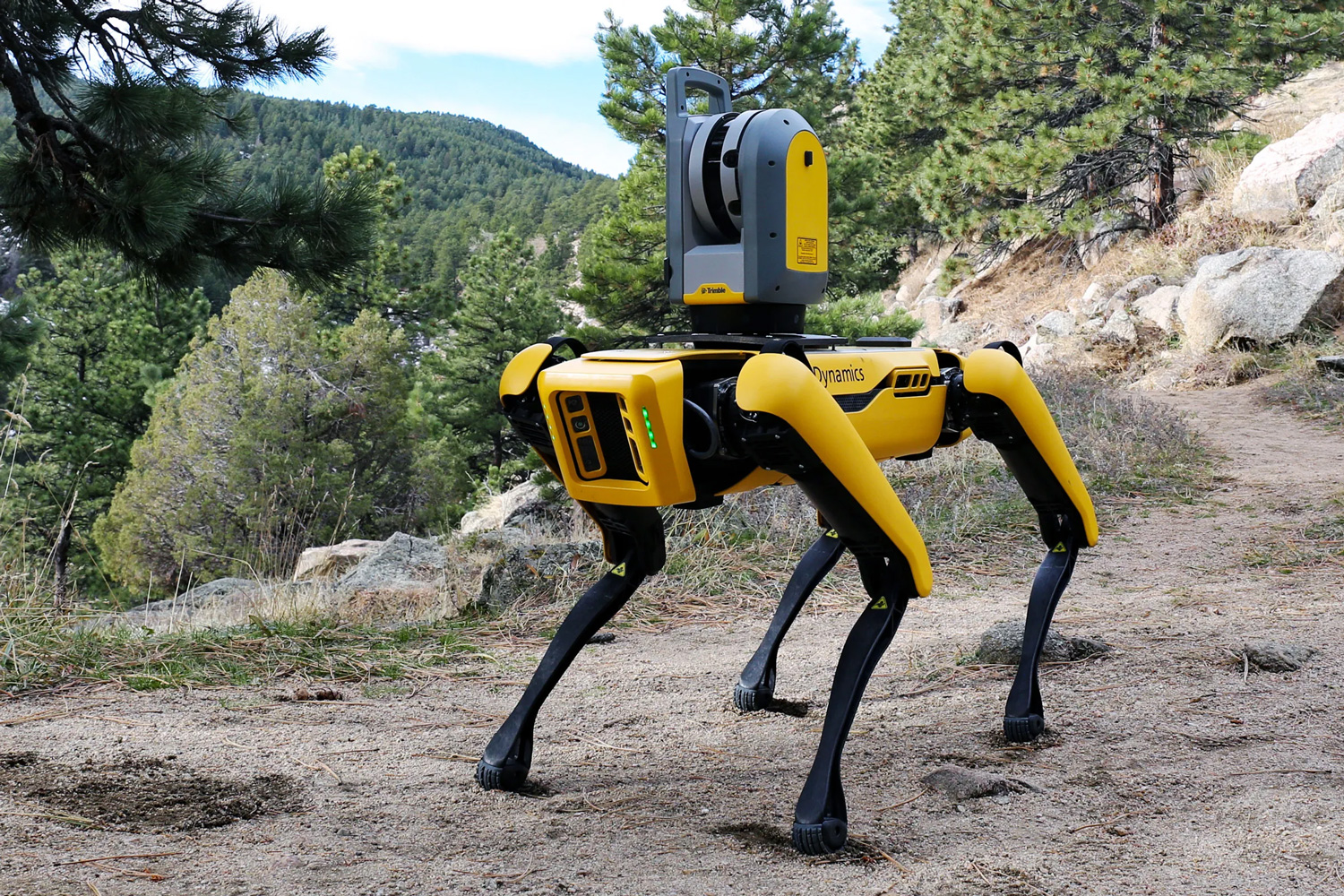
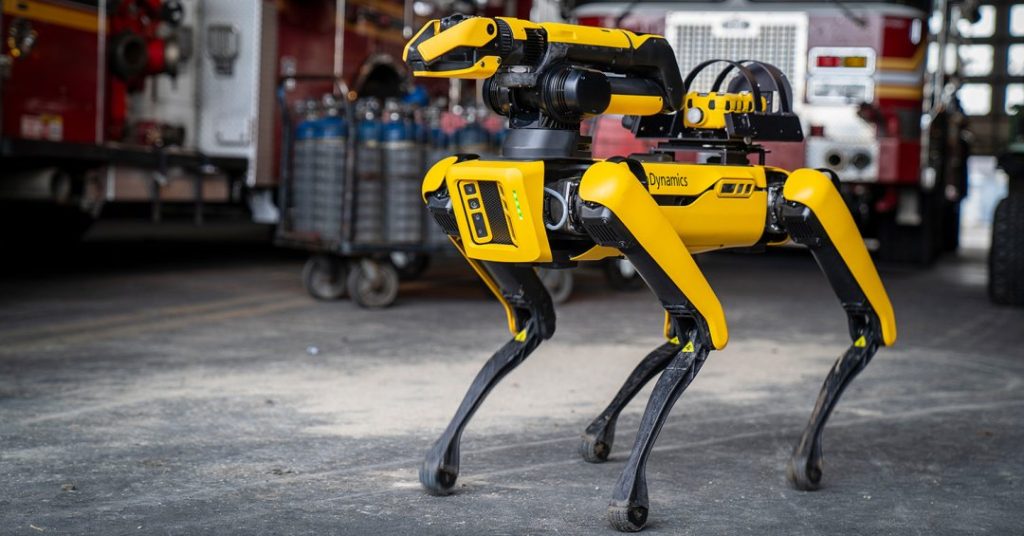
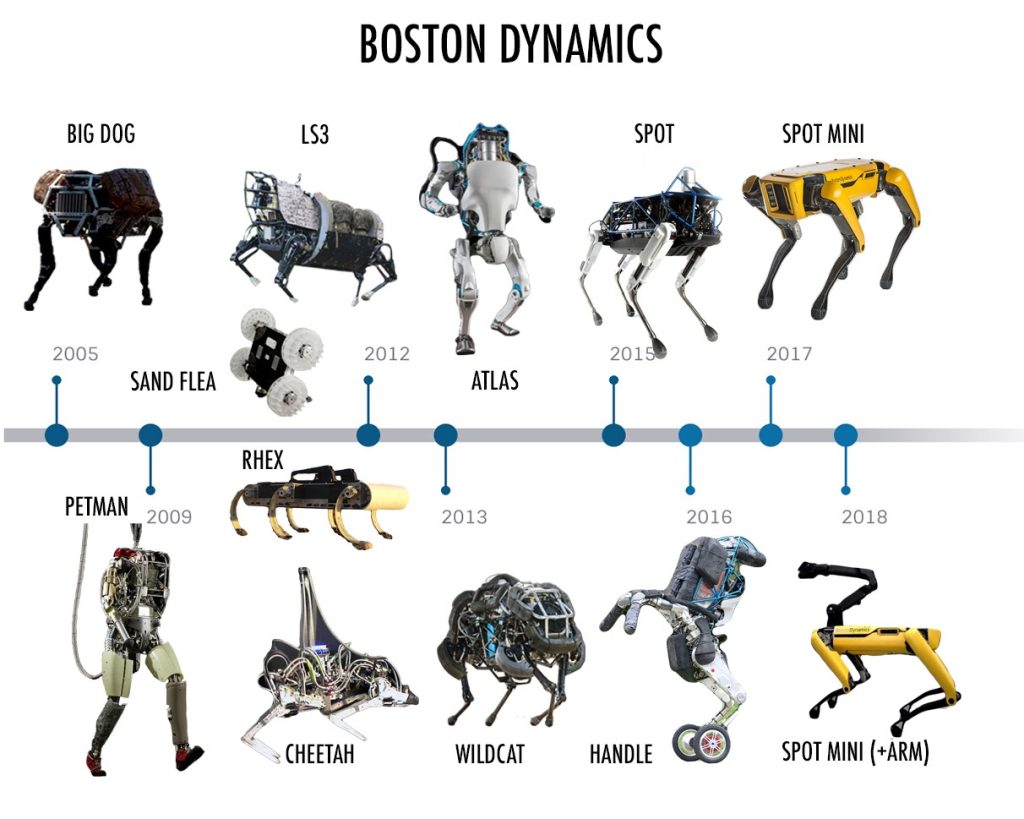
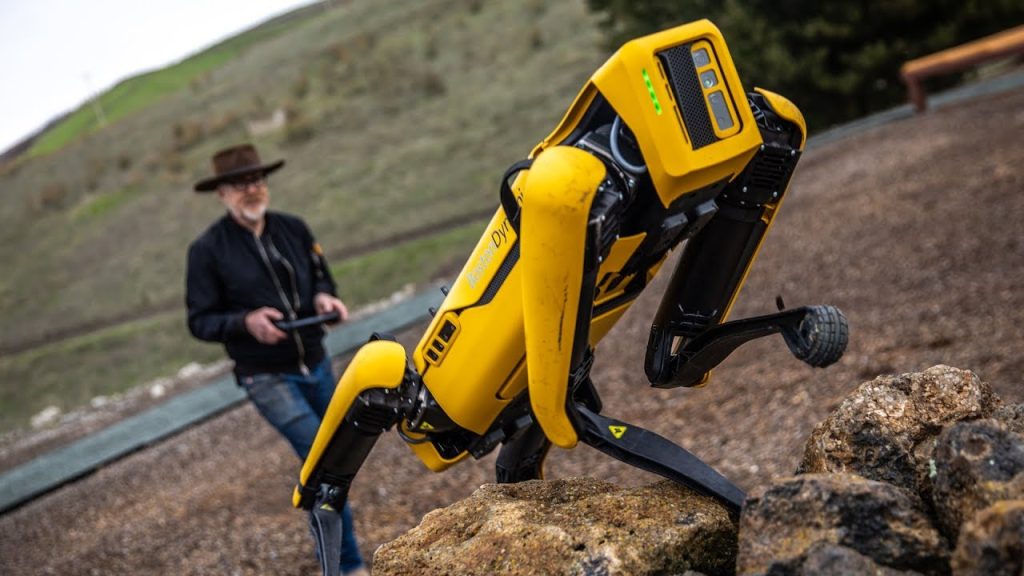
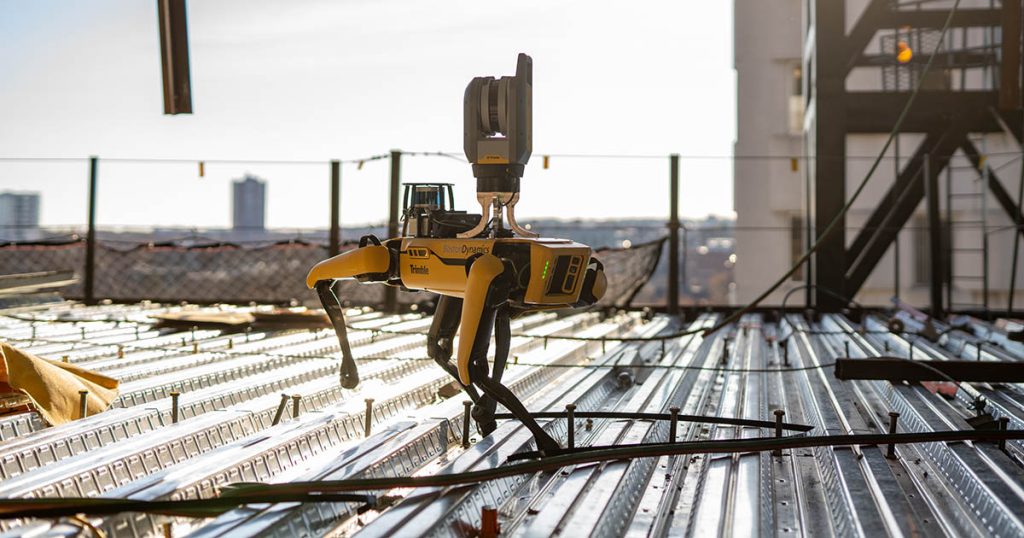





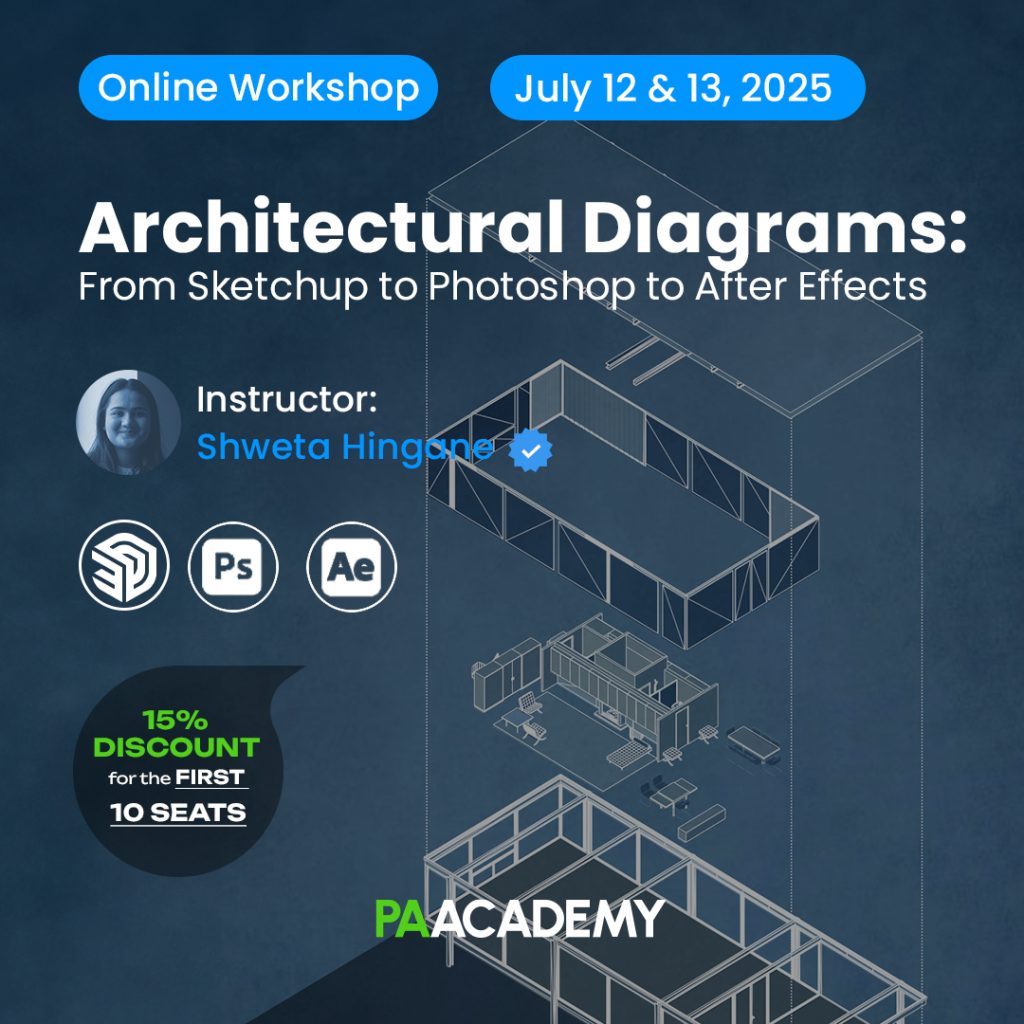


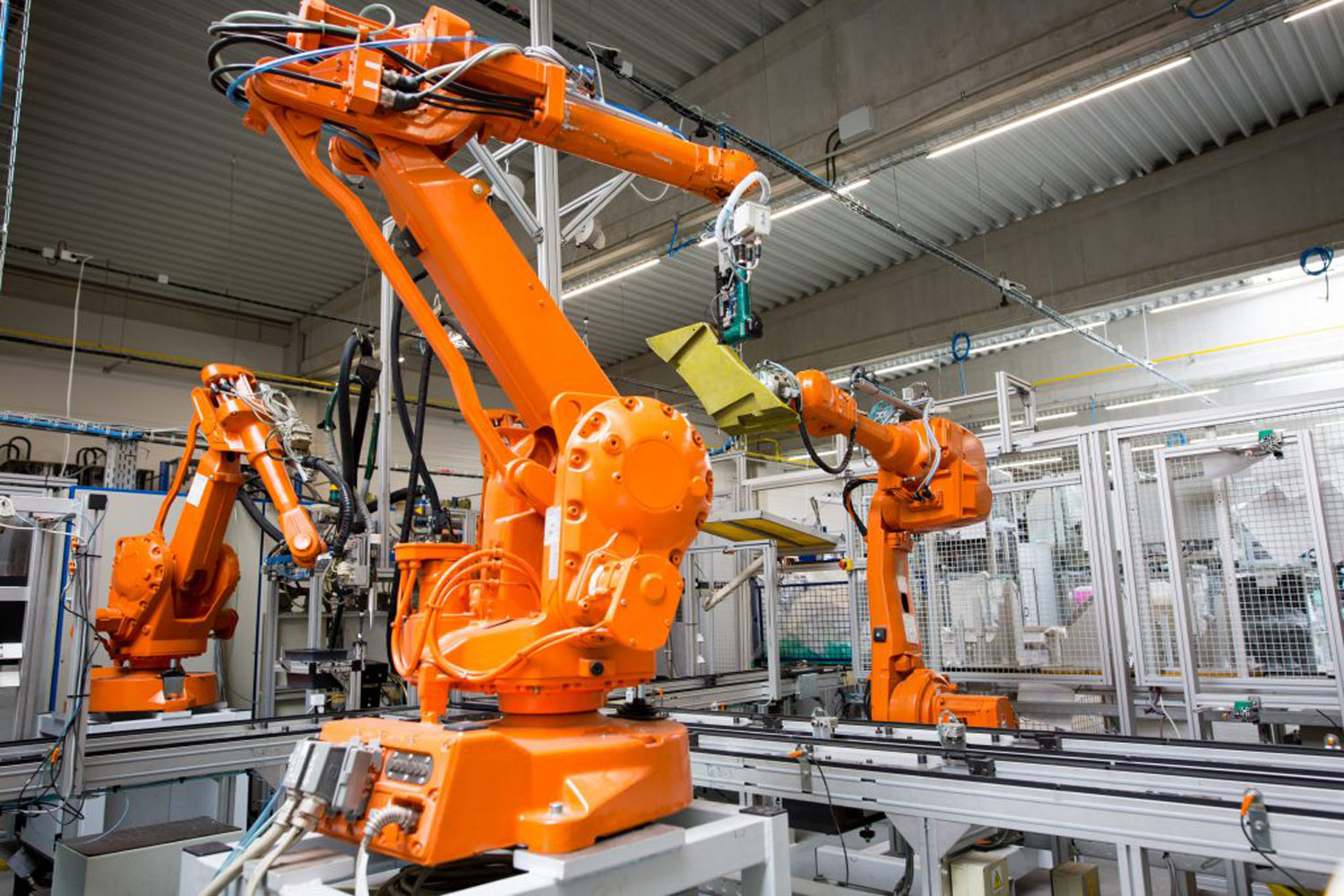
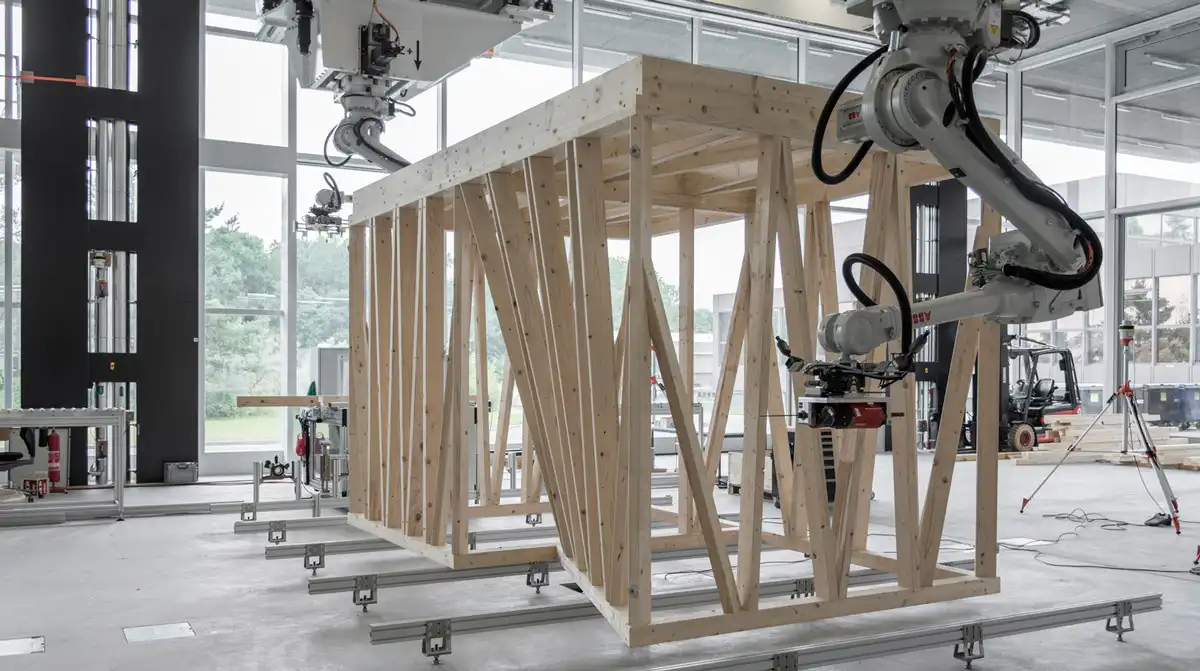




Leave a comment